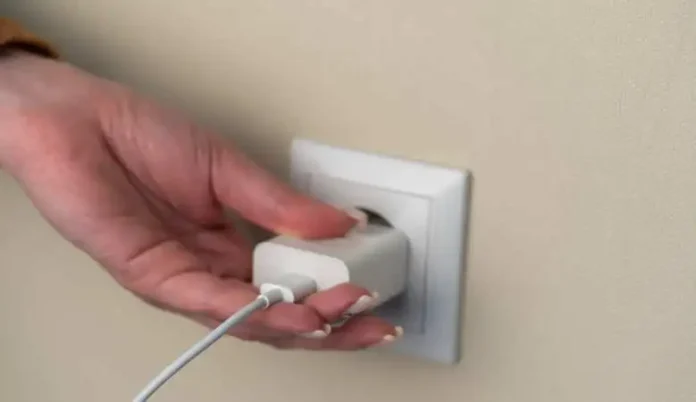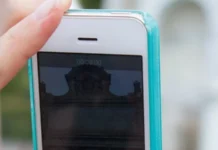Phone chargers getting hot during use are a common occurrence but one that can raise legitimate concerns. Understanding what causes this heat and when it becomes problematic is essential to ensuring the safety and longevity of your devices.
This article explores the reasons behind charger heat, the potential dangers, and the steps you can take to avoid problems.
The normality of heat in chargers
It is typical for a phone charger to generate slight heat during use. This is mainly due to converting alternating current (A.C.) to direct current (D.C.), which produces heat. The electronic components inside the charger, primarily transformers and voltage regulators, produce heat energy when they operate.
However, the amount of heat produced should be moderate. A charger that is slightly warm to the touch is usually not a problem. However, suppose the charger becomes too hot to touch comfortably or begins to emit a burning smell. In that case, this may indicate a more severe problem.
Main challenges or problems
Poor quality or counterfeit charger
Cheap or counterfeit chargers are one of the leading causes of excessive overheating. These devices may not meet required safety standards and may use substandard materials. Counterfeit chargers pose a high risk of overheating, which can lead to fires.
Damaged cable
A frayed or damaged cable can also cause overheating. Exposed or partially cut wires increase electrical resistance, which generates more heat. Inspect your cables regularly for signs of deterioration.
Problem with the wall outlet
A faulty wall outlet can cause voltage fluctuations, which can cause the charger to heat up. Improperly installed or worn outlets can also cause loose electrical connections, increasing the risk of overheating.
High ambient temperature
Charging your phone in a warm environment can increase the heat produced by the charger. Electronic devices are generally designed to operate within a specific temperature range. High ambient temperatures can interfere with their optimal performance.
Impacts and consequences
Fire hazard
Excessive overheating of a charger can pose a severe hazard. According to a U.S. Consumer Product Safety Commission report, overheated electronic devices are responsible for many home fires each year. A charger that becomes extremely hot can ignite nearby flammable materials.
Phone damage
Excessive heat can also damage your phone’s battery. Lithium-ion batteries, commonly used in smartphones, are sensitive to high temperatures. Prolonged exposure to excessive heat can shorten battery life and, in extreme cases, cause catastrophic failures.
Discomfort and anxiety
Using a charger that gets too hot can be uncomfortable and worrying. The prospect of a fire or damage to your phone can be stressful, impacting your peace of mind.
Solutions Initiatives
Stop using it
If you notice your charger getting too hot, the first step is to stop using it immediately. Unplug the charger from the wall outlet and allow it to cool before inspecting or handling it further.
Inspect the charger and cable
Carefully examine the charger and cable for signs of damage, such as exposed wires, melted parts, or deformation. If you observe any abnormalities, it is best to replace these components.
Try another charger and cable
Using a different charger and cable (preferably original or certified by your phone manufacturer) can help determine if the issue persists. High-quality accessories are designed to meet strict safety standards, reducing the risk of overheating.
Contact the manufacturer or a professional
If the problem persists, it is advisable to contact your phone manufacturer or a professional for help. According to industry experts, a professional diagnosis can identify underlying issues that are invisible to the naked eye.
Additional precautions
Avoid leaving your charger plugged in when the phone is not charging to minimise the risk. Also, charge your phone in a well-ventilated environment and at a moderate room temperature.
ALSO READ: What is the Best Antivirus for Mac










![Imginn Instagram Story and Photos Anonymous Viewer Tool [Free] Imginn](https://www.iblogtech.com/wp-content/uploads/2023/09/imginn-150x150.webp)



